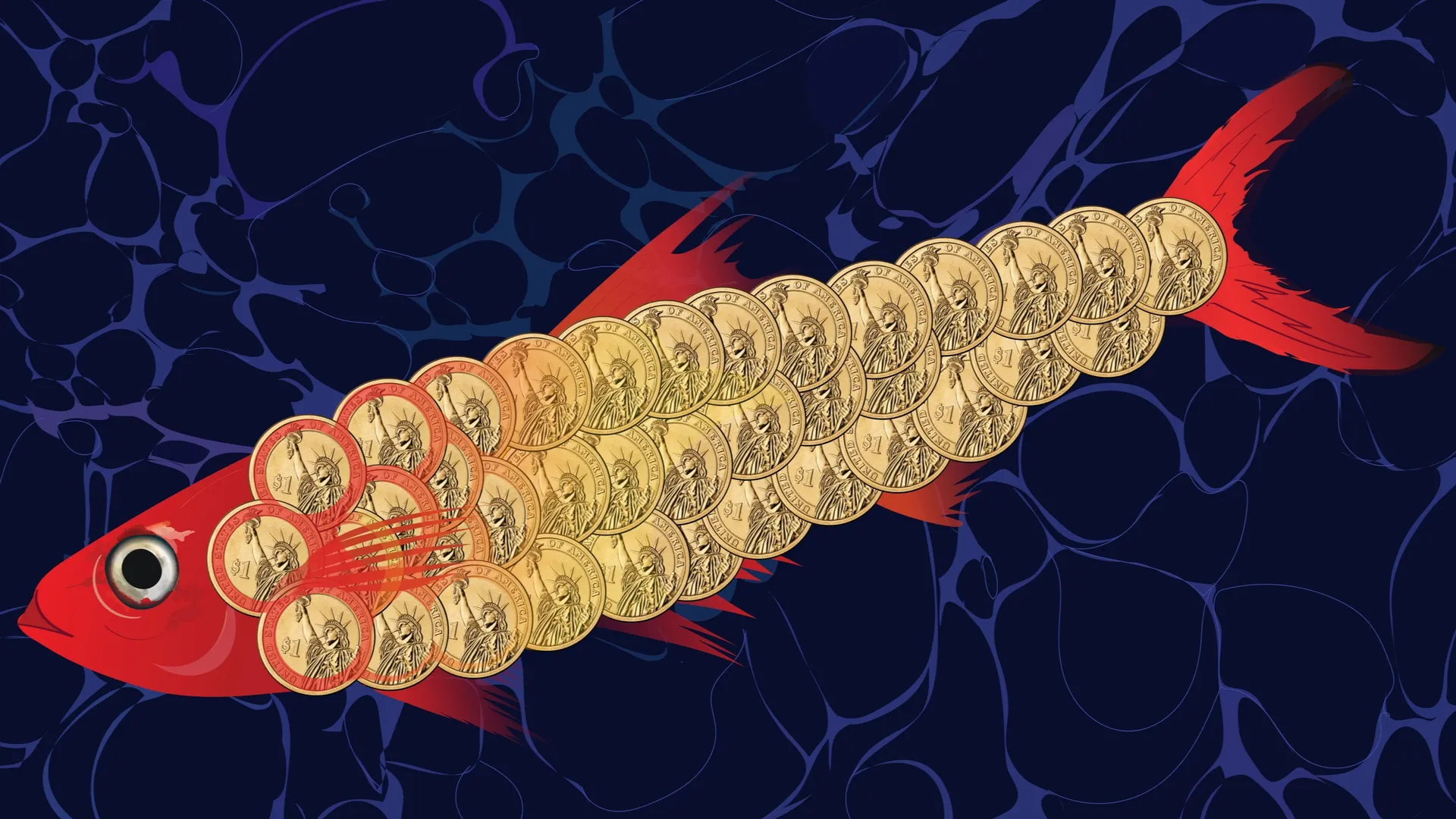
Last week, before the global market meltdown, three dozen luminaries of American finance gathered for a summer lunch, where they conducted informal polls about the outlook. The results were pretty dull.
The majority at the table voted for a so-called “soft landing” for the US economy, with rates of 3-3.5 per cent in a year’s time, and a swing of 10 per cent, or less, for stock prices (evenly split between up and down).
The only notable, truly spicy detail was that these luminaries now view the US election race as a toss-up — while three weeks earlier there was near-unanimity at another lunch that Donald Trump would win. No one projected an imminent market crash.
There are two lessons here. The first is that not even ultra-well-paid financiers — be they hedgies, private equity players or bankers — can really forecast the precise moments of market meltdowns. Yes, fundamental strains and cracks can be identified. But judging when these will cause a market earthquake is as hard as real geology; humility is required. And doubly so given that the rise of algorithmic trading is creating dramatically more price volatility and feedback loops.
Second, this week’s market rout was driven not so much by panic around the “real” economy as by financial dynamics. Or, as Bridgewater wrote in a client letter: “We view the widespread deleveraging firmly as a market event and not an economic one,” since “periods of structurally low volatility have always been fertile ground for the accumulation of outsize positioning” — and eventually they unwind.
Or, to put it another way, these events can be viewed as (yet another) aftershock from the unwinding of that extraordinary monetary policy experiment known as quantitative easing and zero interest rates. For while investors have normalised cheap money in recent years — and to such a degree that they barely notice the distortions this has caused — they are now belatedly realising how odd it was. In that sense, then, the dramas have been thoroughly beneficial — even if electronic trading has made that lesson more dramatic than it might have been.
The immediate display of this is the yen carry trade — the practice of borrowing short in cheap yen to buy higher-yielding assets such as US tech stocks. Cheap yen loans have fuelled global finance ever since the Bank of Japan embarked on QE in the late 1990s, albeit to a degree that has fluctuated, depending on US and European rates.
But the carry trade appears to have exploded after late 2021, when the US moved away from QE and zero rates. Then, when the BoJ (finally) also started to tighten earlier this year, the rationale waned.
It is impossible to know the scale of this shift. The Bank for International Settlements reports that cross-border yen borrowing rose $742bn since late 2021 and banks such as UBS estimate there was around $500bn in outstanding cumulative carry trades earlier this year. UBS and JPMorgan also think that about half of these have been unwound.
But analysts disagree on how far these trades pumped up US tech stocks, and thus account for recent declines. JPMorgan and UBS think it did contribute; Charlie McElligott, a Nomura strategist, considers the carry trade to be a “red herring”; he and other observers think concerns around overhyped US tech caused yen funding to be cut — not the other way round. Either way, the key point is that insofar as free(ish) money was fuelling asset inflation in America and Japan, this is coming to an end.
Unsurprisingly, this leaves some investors hunting for other long-ignored QE distortions that could also unwind. This week FT readers asked me if there will be another shock when the BoJ or Swiss National Bank wind down the equity portfolios they acquired in recent years (the former owns an estimated 7 per cent of Japanese stocks; the SNB has big exposures to US tech names such as Microsoft and Meta).
My answer is “not now”. Although these holdings look odd by historical standards, the BoJ insists it will not sell soon. But what is most interesting is that non-Japanese investors are waking up to this issue, after ignoring — that is to say, normalising — it for years.
So, too, for US Treasuries. Many investors assume that demand for these will always be strong, irrespective of America’s deteriorating fiscal situation and electoral policy uncertainty, because the dollar is the reserve currency. Maybe so.
But this confidence — or complacency — has been reinforced by the Federal Reserve acting as a buyer of last resort for bonds during QE. As traders try to imagine a world where this changes, some tell me they are getting nervous. No wonder an auction for $42bn of 10-year bonds this week produced an unexpectedly weak result.
A cynic might retort that all this mental readjustment may yet turn out to be unnecessary: if markets truly swoon, central banks will be pressured into propping up them up — yet again. Thus on Wednesday, the BoJ deputy governor pledged to “maintain current levels of monetary easing”, contradicting hints from the BoJ governor last week that more rises loom.
But the key point is this: bountiful free money is not a “normal” state of affairs, and the sooner investors realise this the better — whether they are mom’n’pop savers, private equity luminaries, hedge funders or those central bankers.